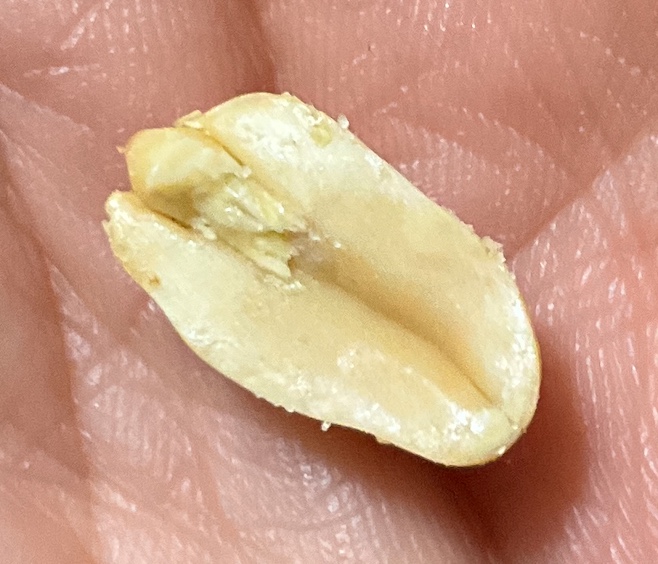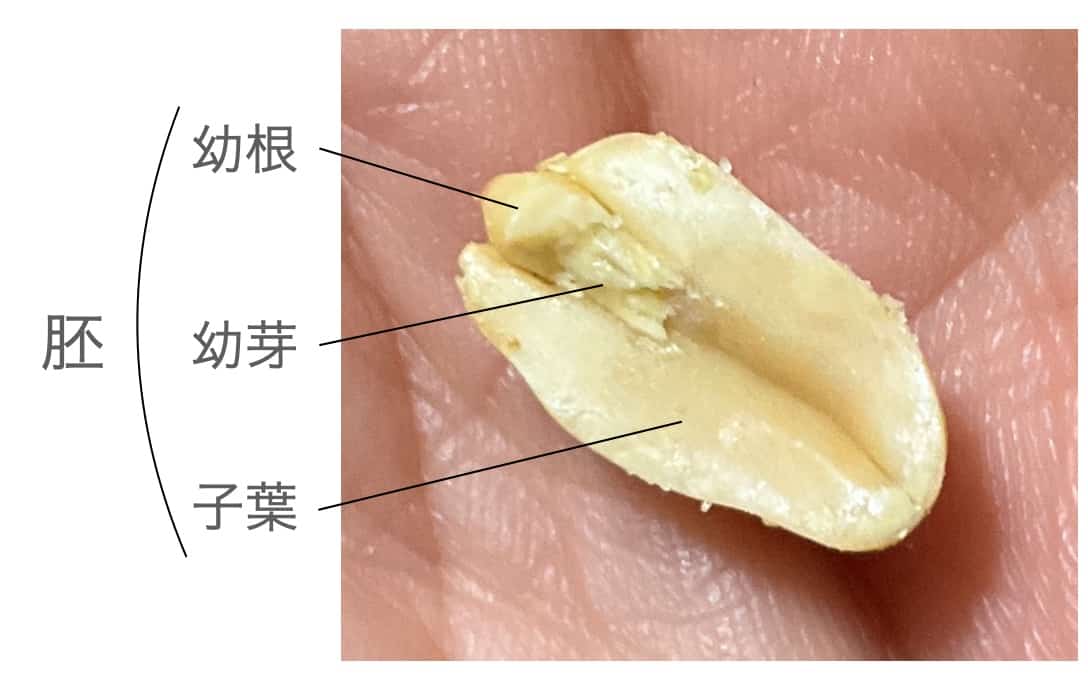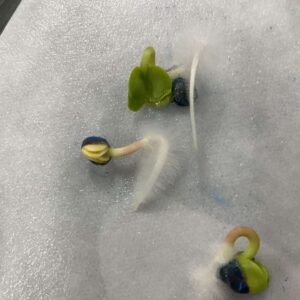Inside the Peanut! A Fun Dissection Exploring Seed Structure (Non-Endospermic Seeds)
Hello, I’m Ken Kuwako, your science trainer. Every day is an experiment!

【This article is also available on radio!】
Exploring the Secret Life of a Peanut Seed
You grab a bag of peanuts from the supermarket shelf, shell them, and enjoy that satisfying crunch – a perfectly normal scene, right? But within each tiny peanut lies an incredible story of life, growth, and how plants ensure their legacy.
What many people don’t realize is that the humble peanut we casually snack on has a unique characteristic that sets it apart from many other plant seeds. It’s what we call an “exalbuminous seed,” meaning it doesn’t have an endosperm.
Let’s take a common staple like rice. Rice is an “albuminous seed,” and if you look closely, it has two main parts: the “embryo” and the “endosperm.” The endosperm is essentially a special energy reserve, like a packed lunchbox, for the plant’s “baby,” the embryo, to grow. The entire rice grain is brimming with the nutrients needed for growth. The white rice we usually eat is just this endosperm, with the husk, bran, and embryo removed. When you think about it, we’re literally eating the plant’s baby food! Doesn’t that make your meal feel a little more mystical, like you’re tapping into the very power of life itself?
The journey of a plant seed, from flower to fully formed seed, is a series of small miracles. It begins with the pistil at the center of a flower receiving pollen from outside. Inside the ovary at the base of the pistil, an ovule, fertilized by pollen, eventually develops into a seed.
Where Does a Peanut Store Its Nutrients?
Now, let’s get back to our exalbuminous friend, the peanut. Since it doesn’t have an endosperm like rice, where does it stash all the vital nutrients needed for germination?

If you observe a peanut closely, the answer becomes clear. Most of the edible part of a peanut is actually made up of “cotyledons.” These cotyledons are packed with nutrients for the future sprout. So, what we’re happily munching on is essentially the embryo’s crucial food storage!
【What You’ll Need】
- Peanuts (in the shell are best)
- Hand lens or dissecting microscope
- Utility knife or tweezers
- Notebook and pen
【Observation Steps】
- Observe the exterior of the peanut
- First, pick up a shelled peanut and examine the hardness and shape of its shell.
- It’s a good idea to mention that peanuts are unique “legumes that grow underground” to pique interest.
- Break the shell and remove the seeds
- Gently crack open the shell and take out the seeds inside.
- At this point, confirm that the seed is typically split into two halves.

- Examine the seed structure
- Using a hand lens or dissecting microscope, observe the surface of the seed.
- Carefully peel off the seed coat to find the “embryonic shoot” (plumule) and “embryonic root” (radicle).
- The cotyledons store the nutrients needed for germination, and they are the part we eat!

- Compare with other seeds
- Comparing peanuts with albuminous seeds (like rice or corn) will help highlight the differences.
- This makes it easier to understand the distinction between “exalbuminous” and “albuminous” seeds.
Interestingly, peanuts do have endosperm cells in their early stages. The term “exalbuminous seed” refers to seeds where the endosperm is no longer present once the seed is ready for dispersal. The endosperm cells are likely used up as the cotyledons grow.
Even the everyday foods we eat can reveal new discoveries when observed through the lens of science. The next time you enjoy a peanut, try to remember the fascinating distinction between “cotyledons,” “embryo,” and “endosperm”! You might also enjoy this article:
Contact & Requests
Dive deeper into the wonders and fun of science! We’ve compiled easy-to-understand guides on exciting science experiments you can do at home, along with helpful tips. Feel free to search around! ・About the operator, Ken Kuwako: click here ・For various requests (writing, lectures, science workshops, TV supervision, appearances, etc.): click here ・Get article updates on X!
![]() Our Science Fun Channel features experiment videos!
Our Science Fun Channel features experiment videos!


